While NCARB works to create national standards and programs for the profession, licenses to practice architecture are issued by the jurisdiction in which you are practicing. All 50 U.S. states, the District of Columbia, Puerto Rico, Guam, the Northern Mariana Islands, and the U.S. Virgin Islands each have an architecture board that is responsible for issuing licenses, regulating the practice of architecture within its borders, and protecting the public’s health, safety, and welfare. To help meet the needs of the profession, NCARB’s membership is divided into six regions.
As a part of our Centennial celebration, we’re showcasing the rich history and evolution of our jurisdictions by featuring fascinating firsts and trailblazing members—who have all played (and continue to play) an essential role in shaping the national standards for registration and reciprocity we know today.
Region 1 – New England
Connecticut, Maine, Massachusetts, New Hampshire, Rhode Island, Vermont
- Past President Robert L. Tessier began serving on the Massachusetts Board in the late 1970s—following in the footsteps of his father Henry J. Tessier, who helped establish the board in 1941.
- The New Hampshire Board’s original seal was designed by competition; the board received five submissions and ultimately chose a design by Norman K. Leggett.
- Vermont Board Member William Wiese II served several terms as NCARB’s secretary and was deeply involved in the development of the ARE. When he left the Board of Directors, he became the first and only person to receive the title of “Honorary Past President.”
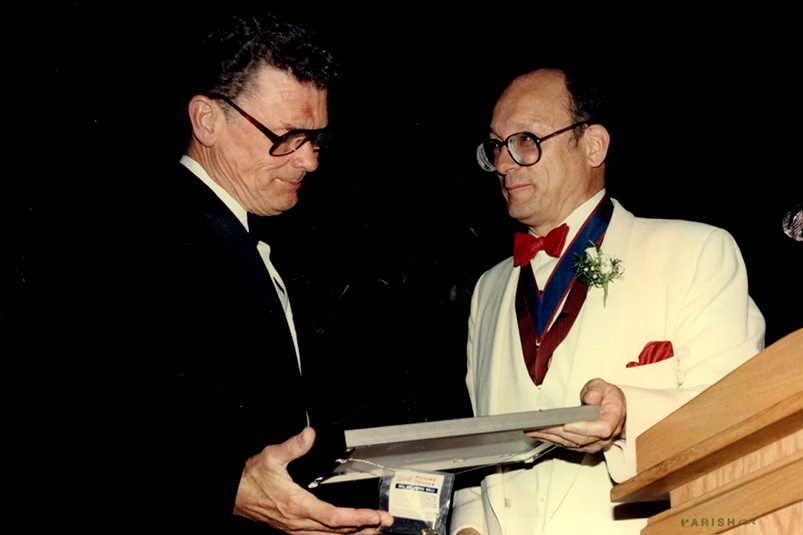
Region 2 – Middle-Atlantic
Delaware, District of Columbia, Maryland, New Jersey, New York, Pennsylvania, Virginia, West Virginia
- NCARB moved its headquarters to Washington, DC, in 1962.
- In the 1980s, Maryland reduced the minimum age required for licensure from 25 to 18.
- Pennsylvania is home to seven NAAB-accredited programs, including Drexel University, which was accepted into the IPAL initiative in 2015.
- John A. Lankford, the first African American to earn a license in Virginia in 1922, was also the first registered African-American architect in the District of Columbia in 1924.
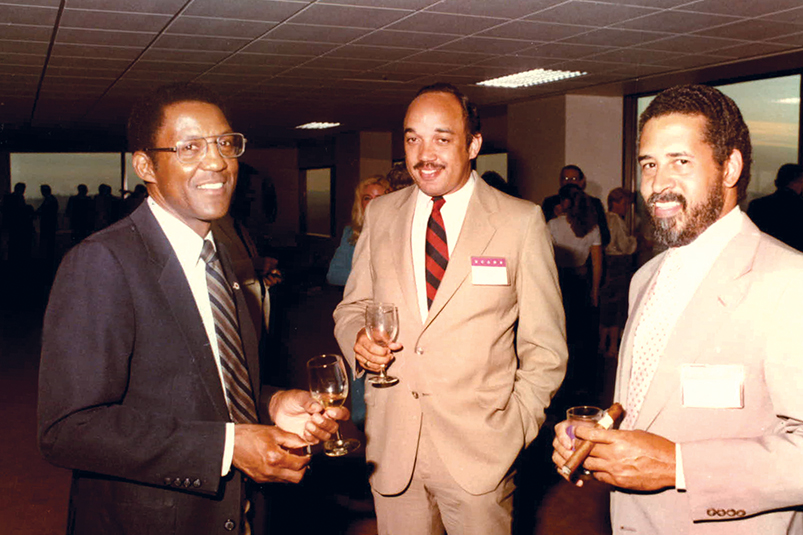
Region 3 – Southern
Alabama, Arkansas, Florida, Georgia, Louisiana, Mississippi, North Carolina, Puerto Rico, South Carolina, Tennessee, Texas, U.S. Virgin Islands
- Alabama was the first NCARB member to have the authority to grant funds to a NAAB-accredited program in the state.
- 2014 President Blakely C. Dunn, FAIA, of El Dorado, Arkansas, was the first president in NCARB history to complete the Intern Development Program (IDP).
- In 2018, Florida licensed the first three graduates from NCARB’s Integrated Path to Architectural Licensure (IPAL) program at University of Florida CityLab-Orlando. They were the first students to complete the program in the United States.
- Puerto Rico initially joined NCARB in 1943, but later left the Council and rejoined in 1977. Upon their return, they became a part of Region 2, before joining Region 3 in 1980.
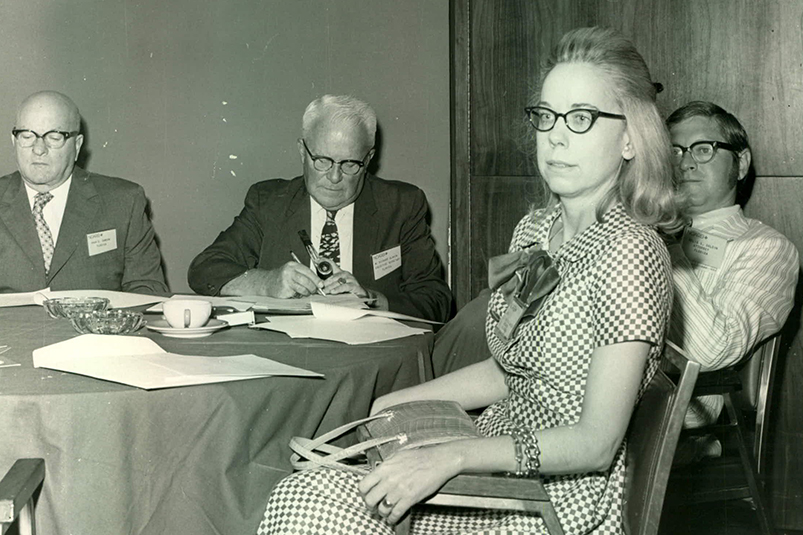
Region 4 – Mid-Central
Illinois, Indiana, Iowa, Kentucky, Michigan, Minnesota, Missouri, Ohio, Wisconsin
- On June 3, 1897, Illinois enacted the first architectural licensing law in the United States. Two decades later, Illinois architect Emery Stanford Hall organized a meeting to discuss forming the organization that would eventually become NCARB.
- The Kentucky Board’s first president, Ossian Ward, suggested that NCARB create a national examination in 1932, but his idea was not met with enthusiasm.
- Michigan architect Emil Lorch spearheaded the establishment of the Michigan Board of Architects, and was appointed the first board president in 1916. He later went on to help found NCARB in 1919, serving as the organization’s first president, and served as the president of the Association of Collegiate Schools of Architecture (ACSA).
- Ohio was the first state to adopt rules approving the IPAL program; and the first (if not the only) state to put into its Code of Conduct a requirement that supervisors respond to requests to review the Architectural Experience Program® (AXP™) hours.
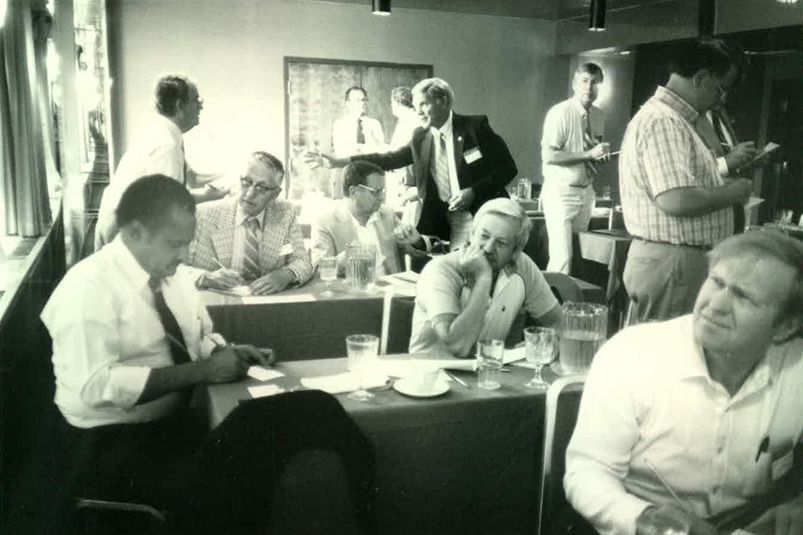
Region 5 – Central States
Kansas, Montana, Nebraska, North Dakota, Oklahoma, South Dakota, Wyoming
- While Kansas didn’t officially join NCARB until 1954, representatives from the state were present at the first meeting in 1919.
- From 1981-1982, two architects from the same Oklahoma firm served in national leadership roles: Thomas H. Flesher as NCARB president and Robert M. Lawrence as AIA president.
- In 2012, the Wyoming Board began providing grants to nonprofit continuing education and public education opportunities to help raise awareness about the value of licensure.
- In 2017, for the first time, all officers of the Nebraska Board were women.
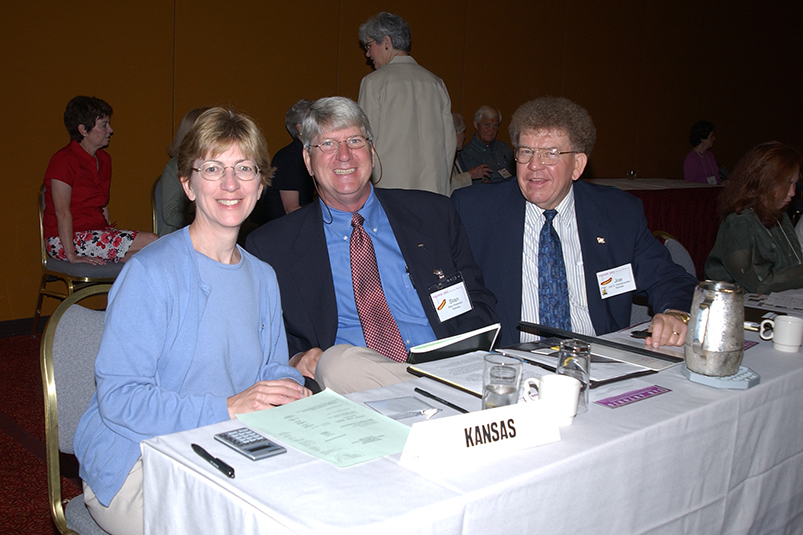
Region 6 – Western
Alaska, Arizona, California, Colorado, Guam, Hawaii, Idaho, Nevada, New Mexico, the Northern Mariana Islands, Oregon, Utah, Washington
- Arizona is a multi-disciplinary board, regulating architecture, engineering, geology, landscape architecture, land surveying, home inspection, and the alarm industry. The board regulates approximately 45,000 registrants, 6,700 of which are architects.
- In 1968, California architect Worley K. Wong became the first minority to serve on NCARB’s Board as the director of Region 6.
- The Guam Board requires at least two of the board’s seven members to be female.
- Colorado Board member Laura Cronenwett was the first woman to serve on the NCARB Board of Directors.
- The Northern Mariana Islands originally joined NCARB in 1984, but left in 2006. The territory rejoined NCARB in 2018.
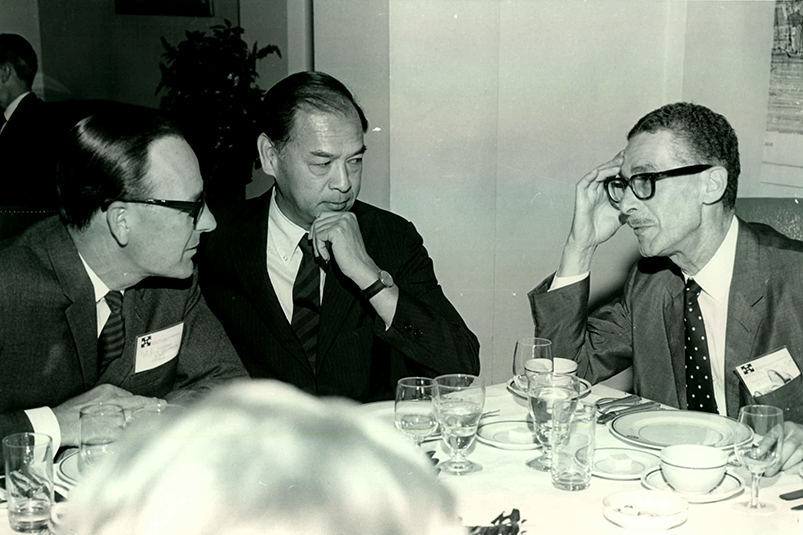
Explore our Centennial website to learn more about state histories and important milestones over the past 100 years, and follow along on social media with #NCARB100.
